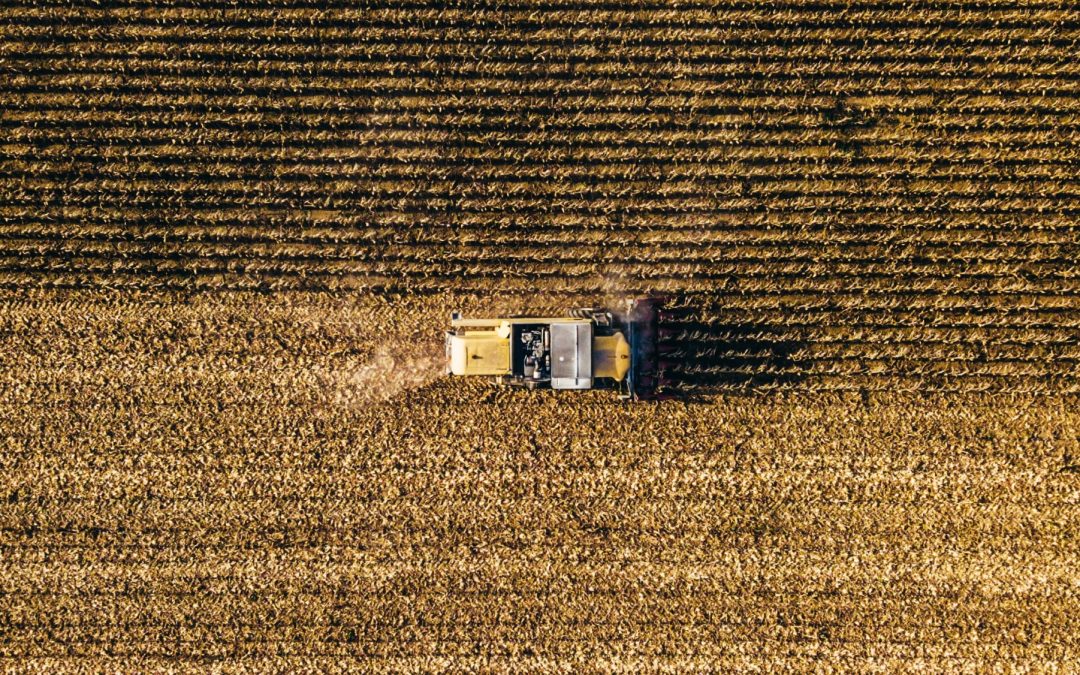IGD’s latest report explores what’s next for food inflation, including its new forecasts for food inflation, why food inflation is proving persistent and what will be the impact on consumers and the food industry.
It said food inflation probably peaked at 19.1% in March and by December 2023 it is expected to decline to 8.10%, 1% higher than IGD’s previous forecast.
The report predicts the average whole year food inflation for 2023 will be 14-16% and 1-3% for 2024.
IGD says food and drink is predicted to contribute 47% of overall inflation by Q1 2024 compared to 21% in Q! 2023.
Reasons behind persistence of food inflation
The report attributes some of the causes behind the persistence of food inflation to long production cycles in the industry, which are reliant on agricultural and industrial processes.
Supply chain arrangements also mean price changes can take time to be passed on to the consumer.
Cost absorption is another factor with many businesses not yet passing cost increases on to consumers, which have impacted their profitability. Natural resources are also limited which include essentials such as soil, water and labour.
Impact of inflation for the food industry
IGD said that a reputational risk for the food industry remains with an increasing divergence between food price inflation and all items inflation.
It also acknowledges that there will be challenges for future investment in the sector as industry has to contend with lower profits and falling volumes.
Consumers’ disposable incomes will also have an impact. Household disposable income is forecast to have fallen by 7% by March 2024, the largest fall since records began.
Changes in shopping behaviour have also occurred with three quarters stating the cost of living and fallout from Covid-19 has impacted their food shopping choices.
The BBC also recently published a report from Kantar on changing shopper behaviour, which can read here.
To download IGD’s report in full, click here.









